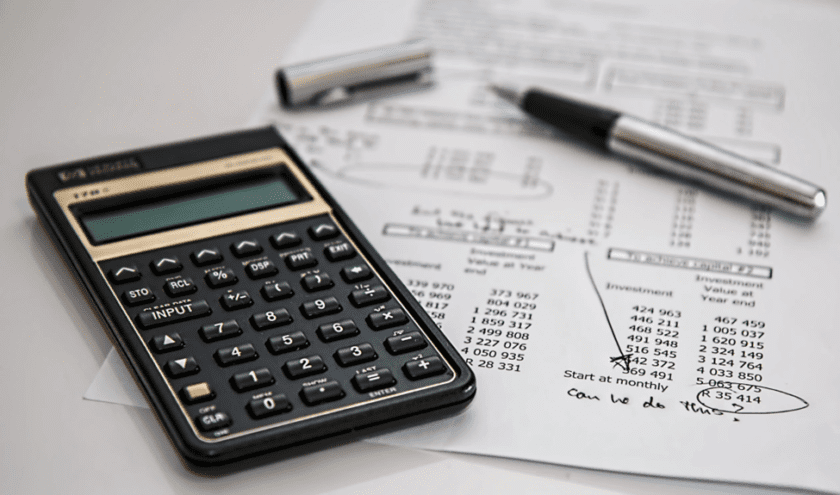When homeowners purchase a home, they typically sign a promissory note as part of the financing process. This document represents their promise to repay the mortgage loan along with its repayment terms.
These notes offer lenders legal protection in case of nonpayment of the loan. They often come with more advantageous terms than traditional mortgages do. For more information, read the following article and hopefully your questions will be asked by the end of it.
What is a Promissory Note?
A promissory note is a legal document that sets out the terms of a loan. It specifies how much money will be lent, when payments must be made and how they should be done.
Promissory notes are a popular form of financing for small businesses. They enable business owners to overcome setbacks and expand without needing to borrow from traditional financial institutions like banks or credit unions.
They contain the following essential components: date of loan origination; principal amount due; names of lender and borrower; interest rate; repayment schedule. It must also specify any collateral that the lender can use as security in case the borrower defaults on payments.
What is a Mortgage Note?
A mortgage note is a legal document that outlines the terms and conditions of a loan. It contains all of the pertinent information regarding your home mortgage, such as how much you owe, interest rate, payment schedule, and what happens if you default on payments.
Contrary to mortgage loans, mortgage notes are usually created between private individuals rather than a big bank or financial institution. They’re not recorded with the local government using a deed and can be repaid monthly instead of having an established term like a mortgage loan requires.
When you purchase a home, you will receive a copy of your mortgage note at closing. It’s essential that you read it thoroughly before signing it, and keep a copy for reference after the deal has closed. If you misplace or lose this copy, ask your mortgage lender or servicer for assistance in replacing it.

What is a Note Payable to Banks?
A note payable to banks is a legal agreement between your business and a bank that requires you to repay an agreed-upon amount by a specific date. A note payable gives lenders the legal right to sue if you don’t fulfill your obligations, so it’s essential that you comprehend how to account for these transactions.
Notes payable are classified as either short- or long-term liabilities on your balance sheet, depending on their terms. If it’s due within 12 months of signing, then it’s classified as a short-term obligation; otherwise, if it doesn’t expire within that year, then it becomes classified as a long-term obligation.
When you receive a payment from a lender, it is essential to record it as a journal entry in your notes payable account. You should keep track of the interest charged on that loan and debit or credit your notes payable account accordingly.
What is a Demand Note?
Demand notes are a type of promissory note commonly used among private parties. They don’t impose an established payment schedule or interest rate, rather giving the borrower the flexibility to request repayment at any time they please.
Friends and family often turn to this loan for short-term borrowing needs or estate planning purposes, though banks may issue them on rare occasions as well.
No matter if you’re the lender or borrower, understanding how to properly handle a demand note can help avoid expensive disputes and legal problems. Learn how to draw up a demand note contract and comprehend its requirements, such as when and how payment must be collected upon demand.
Demand note agreements are not always legally binding, but they serve as a moral contract between the parties involved. They may contain details like the amount to be repaid, interest rate and whether advanced notice is required before asking for full payment. Free templates are available online for both parties to use.
What is a Revolving or Open-Ended Note?
Revolving or open-ended notes are credit card accounts that allow you to borrow money on a regular basis without incurring fees and interest charges associated with credit cards. They’re an ideal alternative for people looking for low cost monthly payments on their loans.
Revolving credit can be a great way to save money in the long run. For example, if you pay off your balance in full each month, there will never be any need to worry about paying interest on debt again.
What’s more, you can take advantage of special benefits like a no-fee checking account and low interest rate.
Make the most of your revolving credit by reading all terms and conditions carefully and adhering to your budget. Doing so will lead to lower payments, easier access to funds and improved credit scores in the future. For assistance in selecting the appropriate type of revolving credit for you, speak with an experienced loan officer about your individual requirements.

What is a Balloon Payment Note?
A balloon payment note is a type of mortgage where the lender requires a substantial sum to be paid at the end of the loan term. Usually, this lump sum exceeds all previous payments combined.
Borrowers who take out balloon payment notes often need to sell or refinance the underlying asset before the loan’s maturity date. These loans are more common in commercial real estate than residential property.
One major issue with these loans is they can be exploited at the expense of borrowers. That’s why both governments and lending industries have strived to put an end to such practices.
However, they may still be offered by lenders when a buyer is looking to buy a home or car. It is essential that you understand the risks associated with taking out this type of loan and read any offer carefully.
How to Refinance with a Payment Note
Refinancing with one of these notes is an option to switch your current mortgage for one that offers better terms. Going through websites like this: http://www.refinansiere.net/med-betalingsanmerkning/ may reduce your monthly payment or switch from an adjustable-rate mortgage to a fixed rate loan. It may also allow you to access equity for home improvements or other financial needs.
Refinancing with one of these notes requires some work and research, but can be an excellent option for people looking to reduce their interest rate or alter loan terms. To get the best rate possible, get loan estimates from each lender you consider, compare them, and choose which fits within your budget.
In most cases, the process is straightforward. You simply provide some basic information and your lender will issue a loan estimate within three days of receiving it. Depending on your credit score and the value of your home, however, additional documents and info may be required during underwriting.

